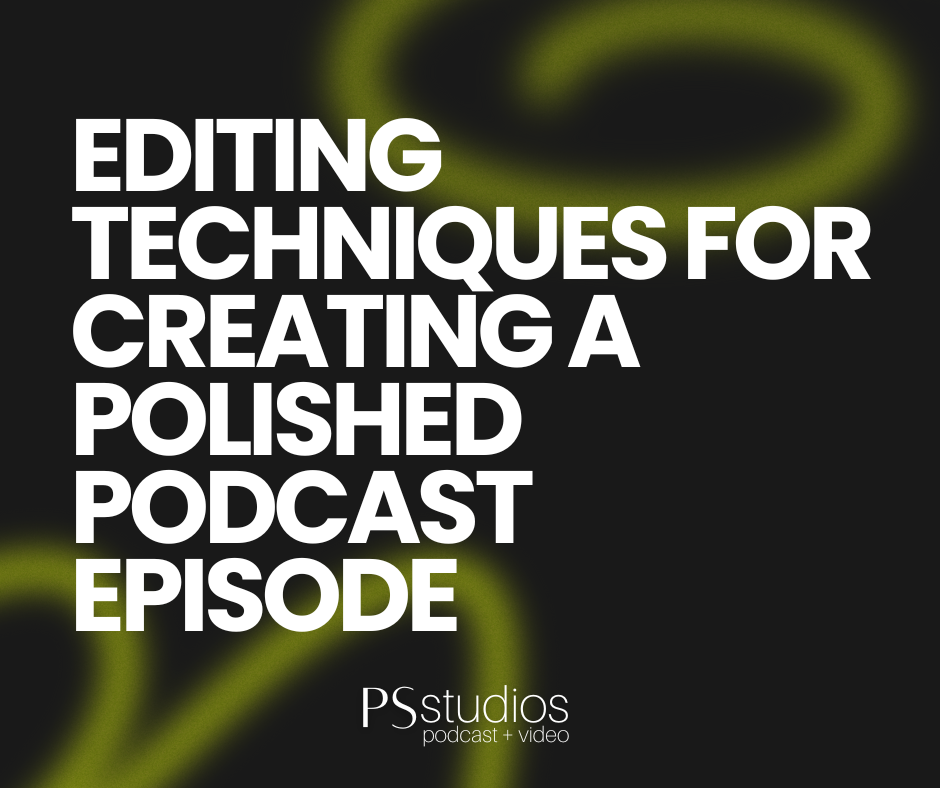
Editing is a crucial step in producing a polished and professional podcast episode. The right editing techniques can enhance the listening experience, eliminate distractions, and ensure your content flows smoothly. Here are some essential podcast editing tips to help you create high-quality episodes.
1. Plan Your Editing Workflow
Before diving into editing, establish a clear workflow. Organize your files, create a backup, and set up your editing software. A structured workflow saves time and helps maintain consistency across episodes.
2. Remove Background Noise
Eliminating background noise is vital for clear audio. Use noise reduction tools in your editing software to minimize ambient sounds. Ensure you record in a quiet environment to reduce the need for extensive noise removal during editing.
3. Edit for Clarity and Conciseness
Listen through your recording and remove any unnecessary content such as long pauses, filler words (um, uh, like), and repetitive statements. This keeps the episode engaging and focused.
4. Balance Audio Levels
Ensure that all speakers’ audio levels are balanced. Adjust the volume so that no voice is too loud or too soft compared to others. Consistent audio levels improve the listening experience and prevent listeners from constantly adjusting their volume.
5. Add Intro and Outro Music
Including intro and outro music adds a professional touch to your podcast. Choose music that matches the tone of your show and use it to bookend your episodes. Make sure the music volume is balanced with your spoken content.
6. Incorporate Sound Effects
Sound effects can enhance storytelling and emphasize key points. Use them sparingly and ensure they complement your content rather than distract from it. Common sound effects include transitions, applause, and background ambiance.
7. Use Crossfades for Smooth Transitions
Crossfades can smooth out transitions between segments, reducing abrupt cuts and making the episode flow better. Apply crossfades when transitioning between different sections of your podcast.
8. Correct Mistakes and Stumbles
Edit out any mistakes, stumbles, or mispronunciations. If a significant error occurs, consider re-recording that section for a seamless edit. Clean and clear speech maintains professionalism and listener engagement.
9. Apply Equalization (EQ)
Use equalization to enhance the overall sound quality of your recording. Adjust the EQ settings to bring out the clarity in voices and reduce any harsh frequencies. This helps create a balanced and pleasant audio experience.
10. Master Your Episode
Mastering is the final step in the editing process. This involves normalizing the audio levels, applying compression to balance dynamic range, and adding any final touches to ensure your podcast sounds polished and professional.
Effective podcast editing involves careful attention to detail and a structured approach. By following these podcast editing techniques, you can produce polished episodes that captivate and engage your audience. Invest time in refining your editing skills to consistently deliver high-quality content.
Interested in starting a podcast or upleveling your existing show? Schedule your free discovery call with our expert production team at PS Studios. During this call we will discuss your goals, timeline, and how we can help. We work with clientele across the country and look forward to chatting with you!
